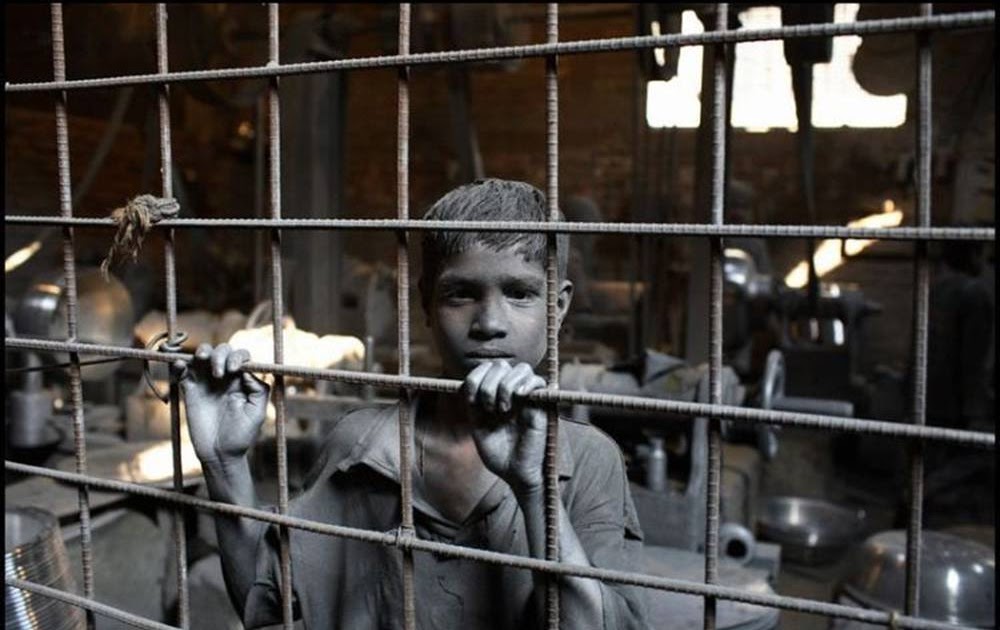Education and Childlabor Studies have shown that countries with universal access to education are more likely to eliminate Childlabor than those that do not provide this access, making education one of the most powerful tools against Childlabor abuse. This post explores the relationship between education and Childlabor and how best to educate children in developing countries without removing them from their families and communities, ultimately leading to increased social equality, better employment opportunities, and stronger economic growth
Why is there a connection?

Studies have shown that there is a direct correlation between poverty and Childlabor. The National Bureau of Economic Research, in a paper entitled The Economics of Childlabor: Lessons for Development Policy by Esther Duflo, Michael Kremer, and Jonathan Robinson (from MIT), describe two ways in which children help their families: by working for pay, but also by caring for younger siblings. Children often take on these responsibilities because they are too young to work or because they are girls who will eventually be married off, thus taking them out of school.
Primary vs. Secondary Income

In countries where families are struggling to meet basic needs, children may start working at an early age in order to provide their family with much-needed additional income. It’s important to note that while these secondary earnings help supplement household income, they do not replace primary sources of income. Households still rely heavily on primary incomes (e.g., parents’ wages or business owners’ profits) as a main source of funding for food and other expenditures.
Educating Girls

Increasing your degree can make a world of difference when it comes to ending Childlabor. Although it’s well known that countries with low levels of human capital suffer from higher levels of poverty, less inequality, and better governance than those with high levels of human capital, very little attention has been paid to how exactly human capital—in particular, years of schooling—affects economic development. A recent study by economists at MIT found that educating girls boosts GDP per capita in developing countries by as much as 20 percent.
Investing in Schools

A University of Minnesota study shows that for every additional year of school a young person receives, their chances of becoming involved in Childlabor decreases by as much as 9 percent. If more children were able to complete their primary and secondary schooling, it could help curb issues related to poverty and income disparity that often lead to children working.
Interested In Reading Articles On Why Do We Need Women’s Rights?
